59 items, Page 4 of 6
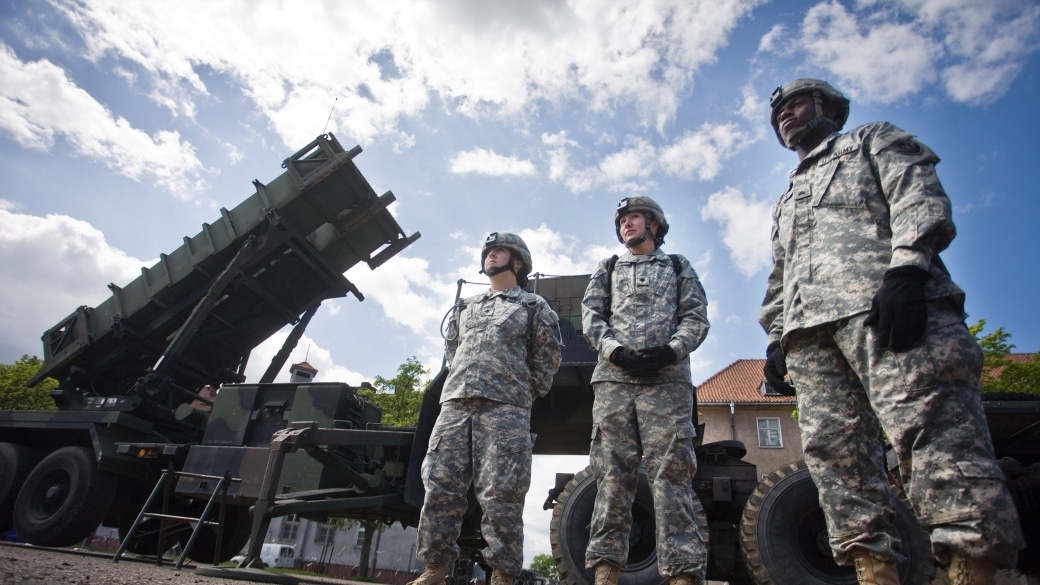
April 13, 2018
Later this spring, the Trump administration will release its 2018 Missile Defense Review (MDR), which is expected to better align U.S. missile defense policy with the present security environment. President Barack Obama’s 2010 Ballistic Missile Defense Review (BMDR) reflected the security environment of the time and the aspirations of the Obama administration. In particular, technological...
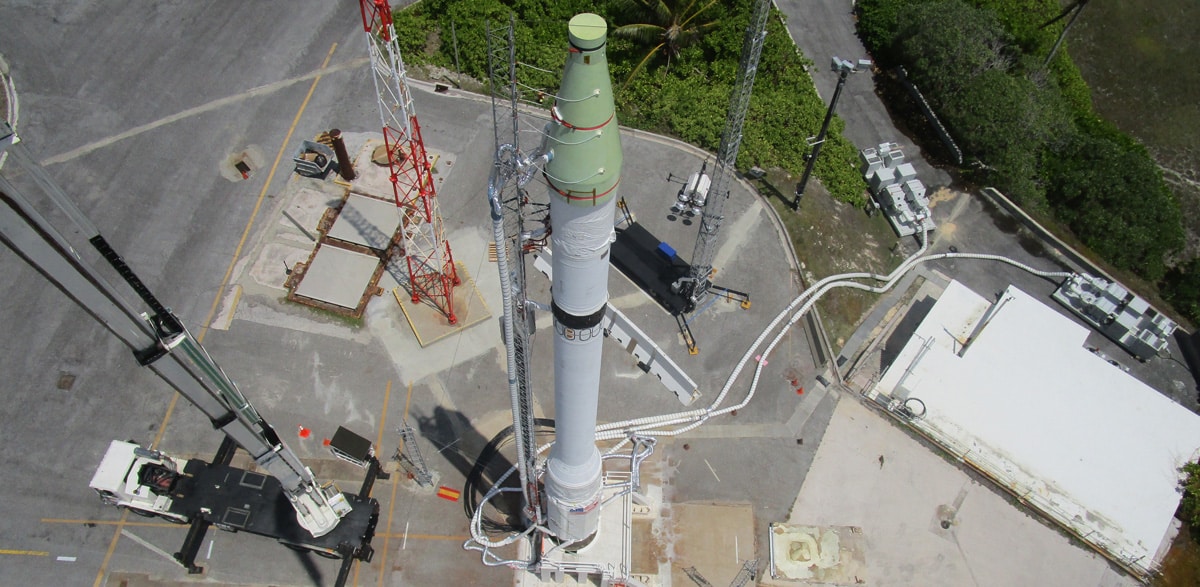
February 13, 2018
Recent budget moves will give the U.S. missile defense effort a major boost in funding over the coming year, likely allowing the purchase of additional Ground Based Interceptor missiles on top of the 44 already deployed for use by the Ground-based Midcourse Defense system against ICBMs headed toward the U.S. homeland.
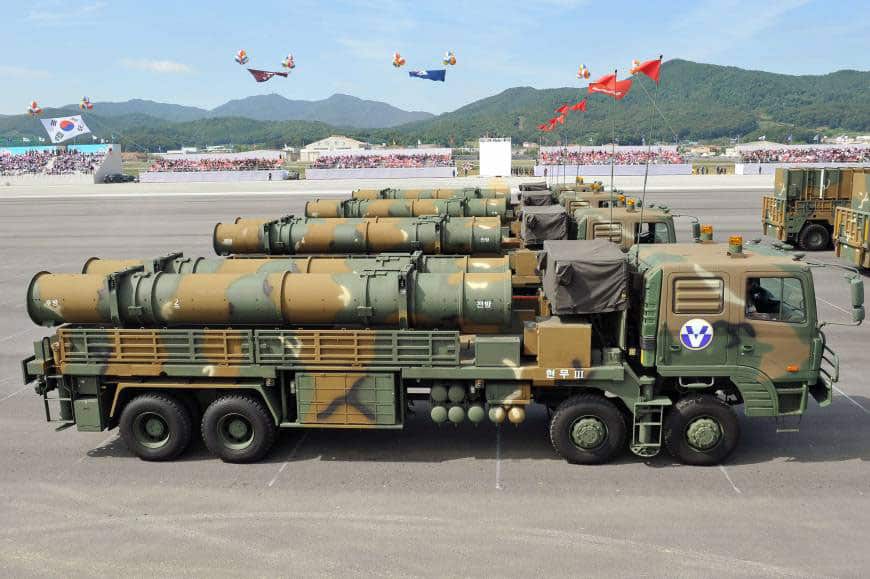
February 2, 2018
In a nuclear world, nuclear weapons are needed to deter major attacks, but who should possess these instruments of deterrence? Today the challenge of keeping nonnuclear states from going nuclear may be growing, perhaps nowhere quite as much as in northeast Asia...
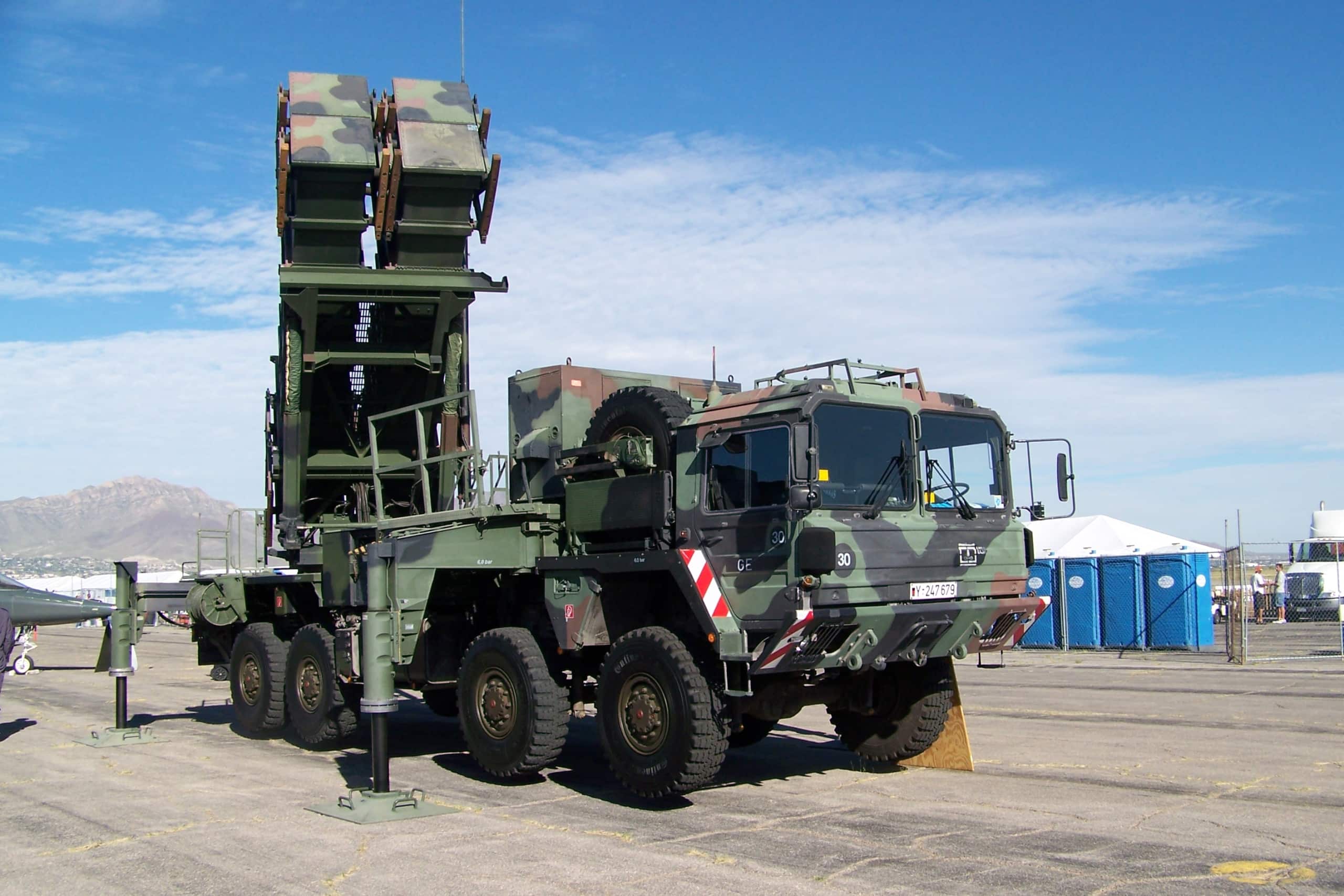
November 7, 2017
The U.S. Army has been at war continuously for 16 years. New technologies pose new threats and old technologies grow in numbers and capability. If ever the Army were ever to think creatively about how to meet the extraordinary demands it faces, now would be the time.

November 3, 2017
President Trump’s recent claim that U.S. ballistic-missile defenses are effective “97 percent of the time” has provoked much discussion about the capabilities of one U.S. defense system in particular: Ground-Based Midcourse Defense.

September 19, 2017
In the 1990s, the U.S. intelligence community assessed that North Korea might acquire an intercontinental ballistic missile by 2015. That threat is now here.
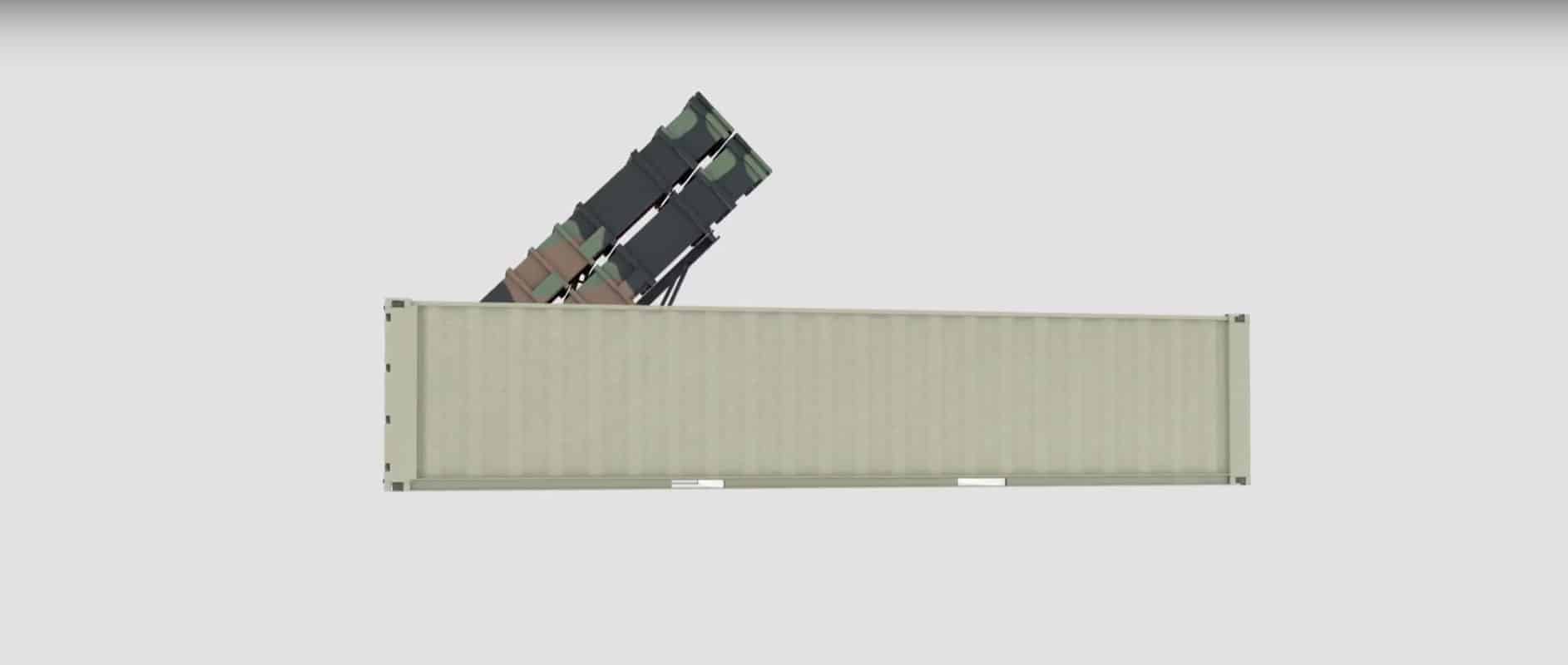
August 14, 2017
A new challenge faces the joint force: the prospect of conflict with a near-peer adversary who has spent two decades going to school on the U.S. way of war. Potential adversaries have integrated air defenses and precision-strike weapons that can hold forward-based U.S. forces at risk, complicate maneuver and impair freedom of action.
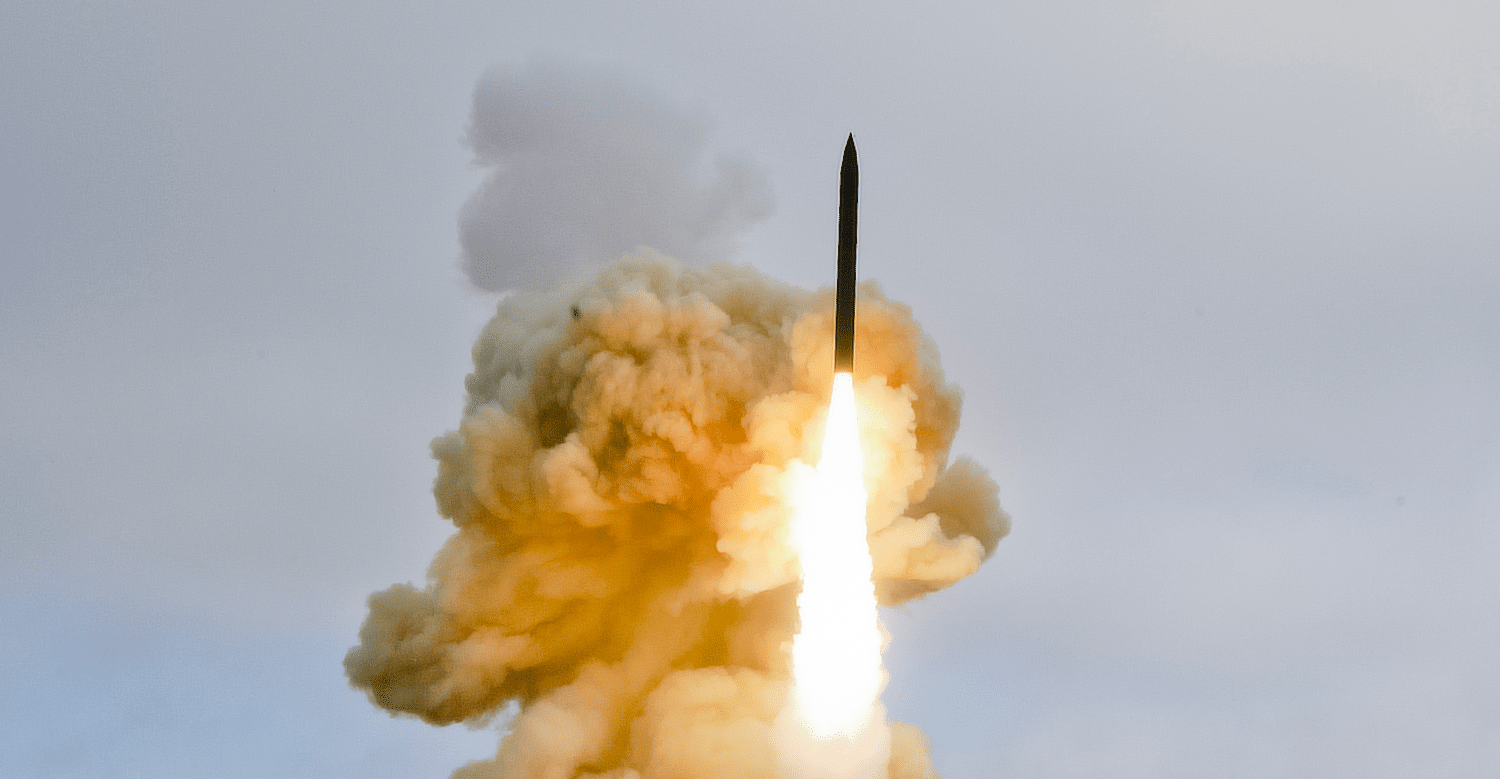
May 30, 2017
This is a good day for homeland missile defense, and a bad day for Kim Jong-un. Hit-to-kill missile defense has once again been validated, this time against a complex and challenging ICBM-class threat. The Missile Defense Agency has been on a long road to improving the reliability and capability of the Ground-based Midcourse Defense (GMD) program...
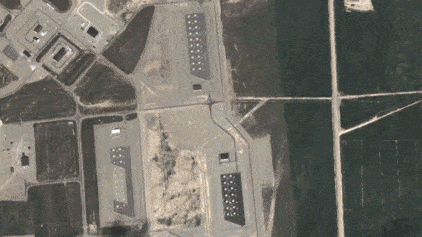
April 5, 2017
Should North Korea fire a long-range ballistic missile in anger, America’s only line of defense is an integrated system of interceptors and sensors known as the Ground-based Midcourse Defense system (GMD). The program currently provides a thin layer of defense against small-scale attacks of relatively unsophisticated missiles. This level of protection, however, will be strained...
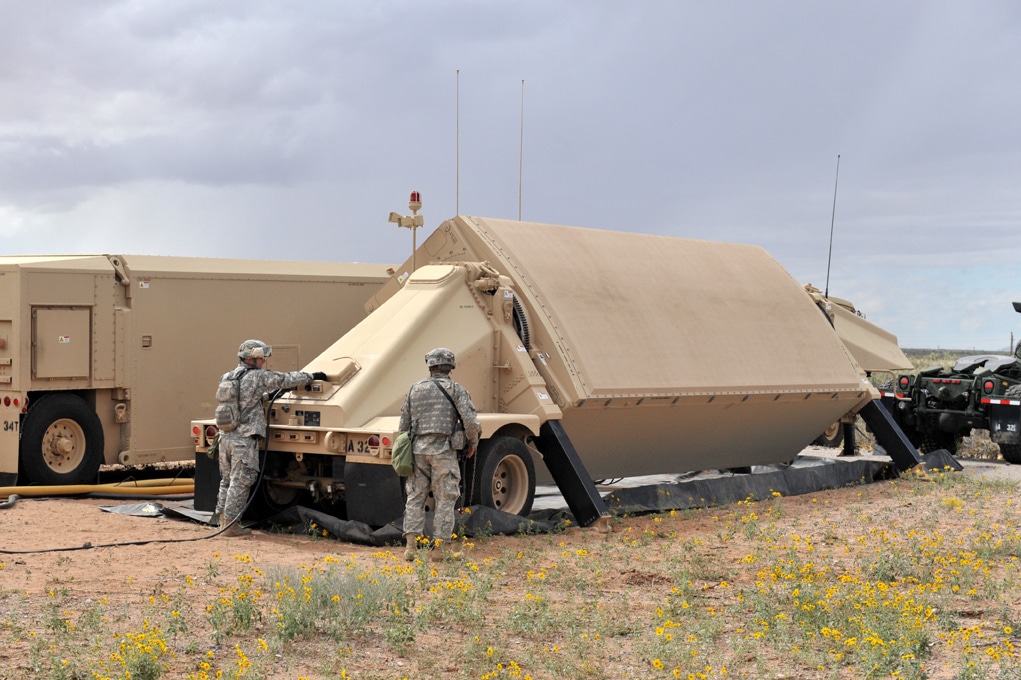
April 5, 2017
Gaps in coverage leave interceptors less-equipped to defeat the threats of tomorrow. No missile defense is better than the sensors that tell the interceptors where to go and what to kill. The Ground-based Midcourse Defense system, or GMD, draws upon considerably more sensors for homeland defense than when operations began in 2004, but shortfalls remain....









